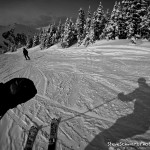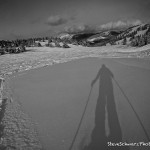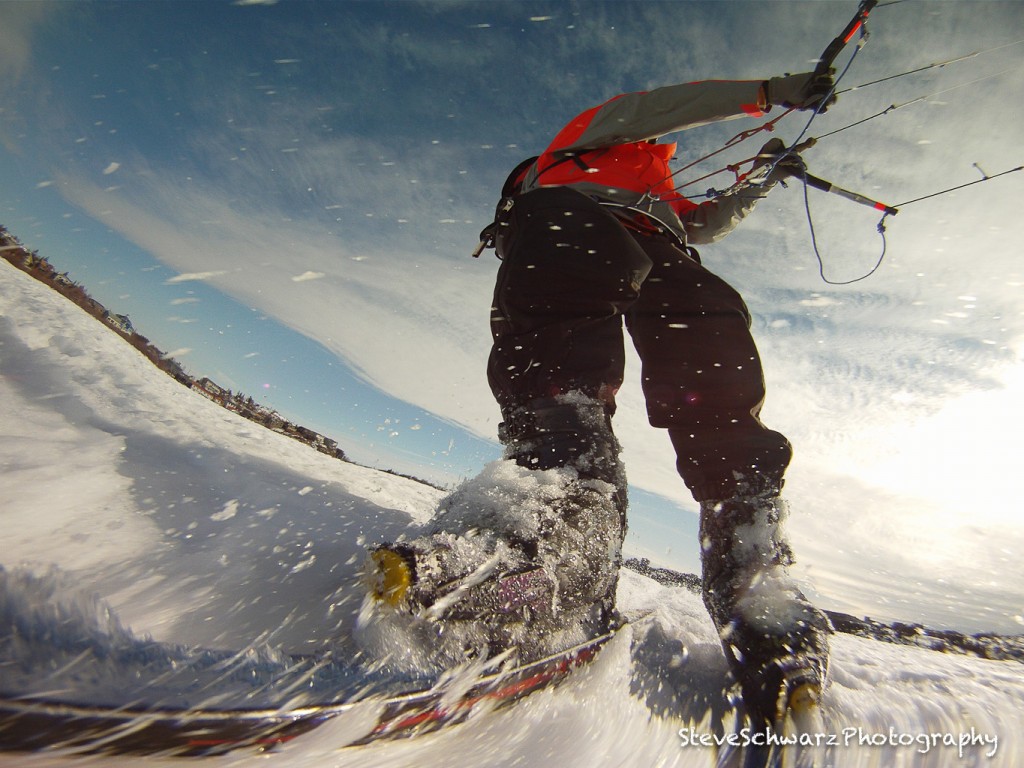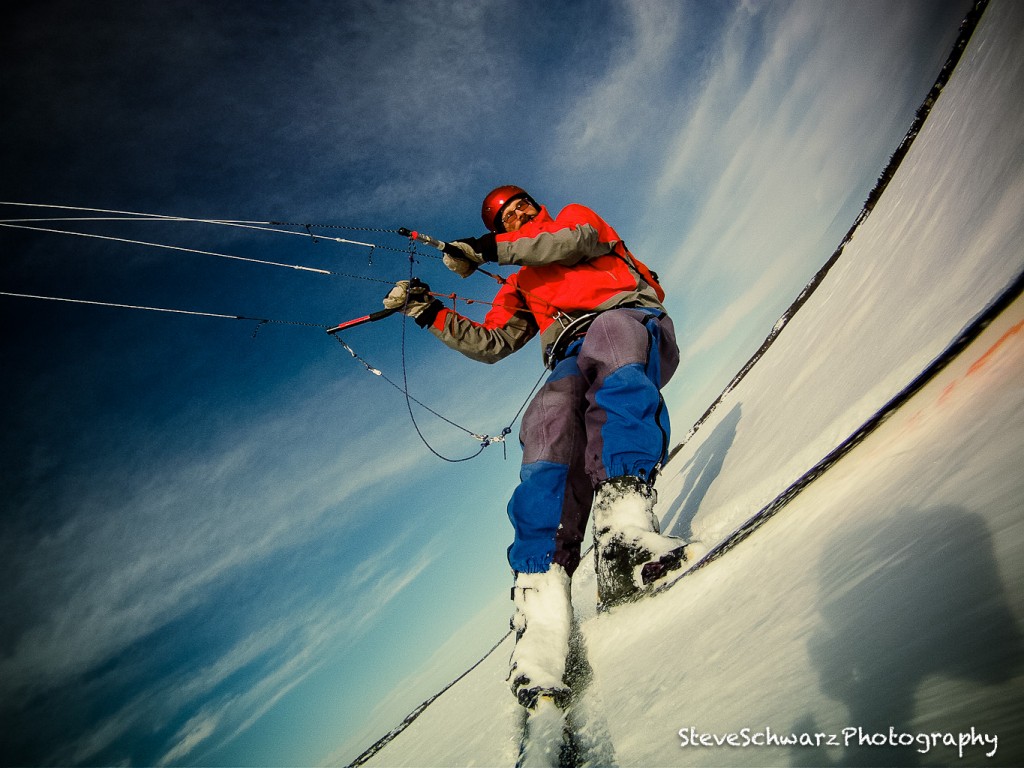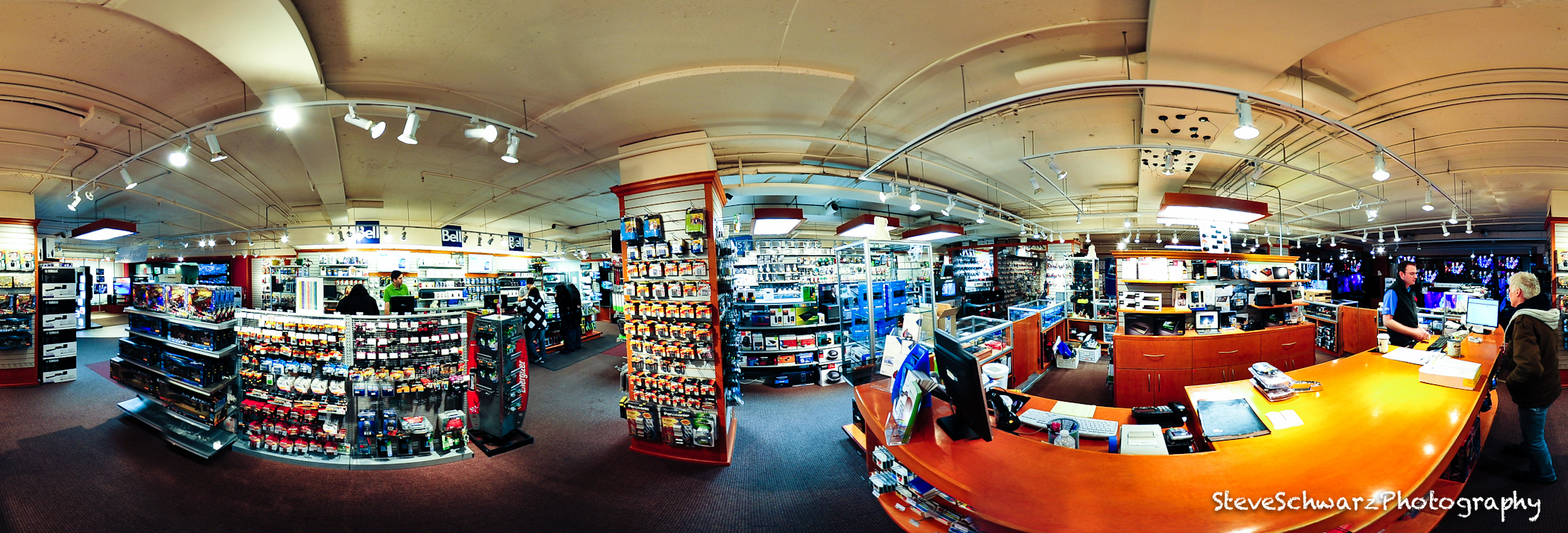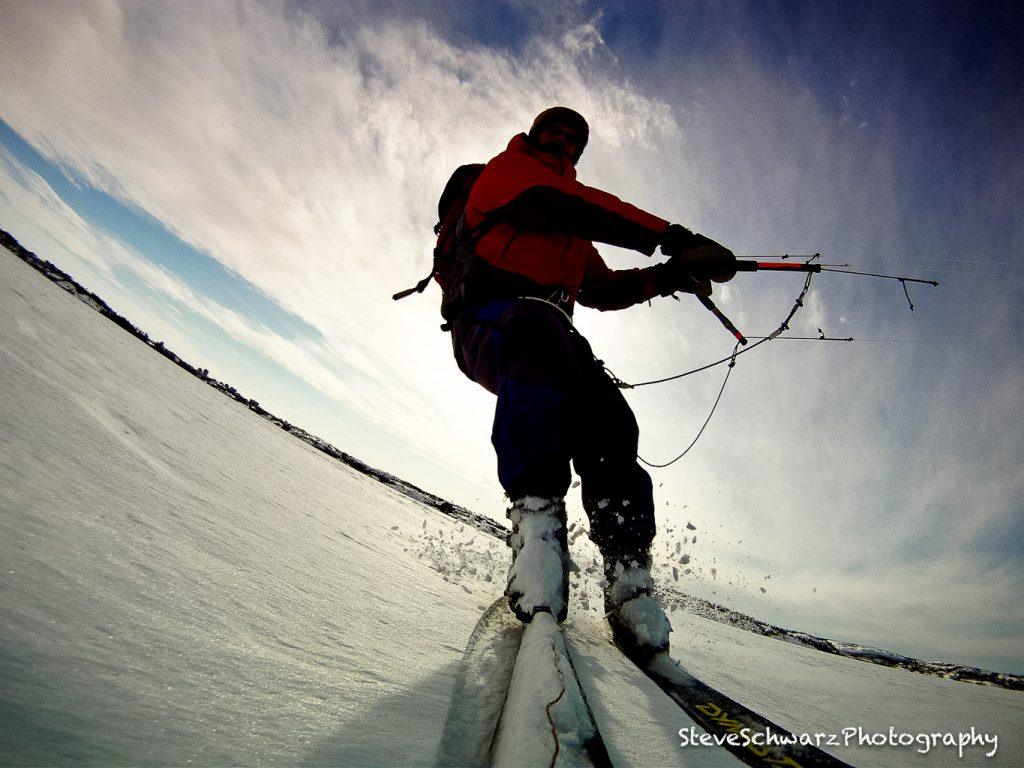As photographers we are on the sidelines using our cameras to capture the moment and capture the action. As an active person, naturally, we want to participate in sport activities.
However, in my experience, cameras and active sports do not seem to go together very well. I been frustrated with cameras since they were not designed for active participation in sport activities. Large SLR’s require two hands to operate, and most point-n-shoot cameras didn’t have suitable image quality. Neither camera types are rugged and waterproof. Actually, during the past 20 years, I have destroyed (and drowned) a few cameras trying to combine sport and photographing the action.
Until now.
In August 2011 I bought a GoPro camera. It is small (fits in the palm of my hand), waterproof, has an interval timer, and HD video. Additional specifics can be found on the GoPro website (http://gopro.com/). For a photographer, the GoPro has one setting – On or Off, and does not have any user adjustable exposure settings. Also, it only comes with one lens. Are these limitations ?. No, since they free the photographer to concentrate on the photo, and not be burdened with adjusting exposure or wondering if they are using the right lens for the situation. For an active person wanting to photograph sports events, the GoPro accessories are available for attaching to bicycle handlebars, seat posts, helmets, a head and chest harness, and using the stick-on brackets can be attached to almost anything. The small size of the GoPro and the variety of available (and easily customized) brackets and harness allow a full range of movement for any sport or activity.
Now, the photographer can be in the action, photograph the action, and no longer burdened by a camera*.
In-Action Photography* refers to photography where the photographer is photographing the action while in the action. This differes from Action Photography, which is photography of an action (e.g. sports event) and does not specifically refer to the photographer being part of the action.
All the photos on this page were captured by the photographer. Downhill skiing photos captured using a GoPro on a chest harness, and kite skiing photos by a GoPro attached on the ski tip using a custom bracket. Click on the photos to make them larger.

